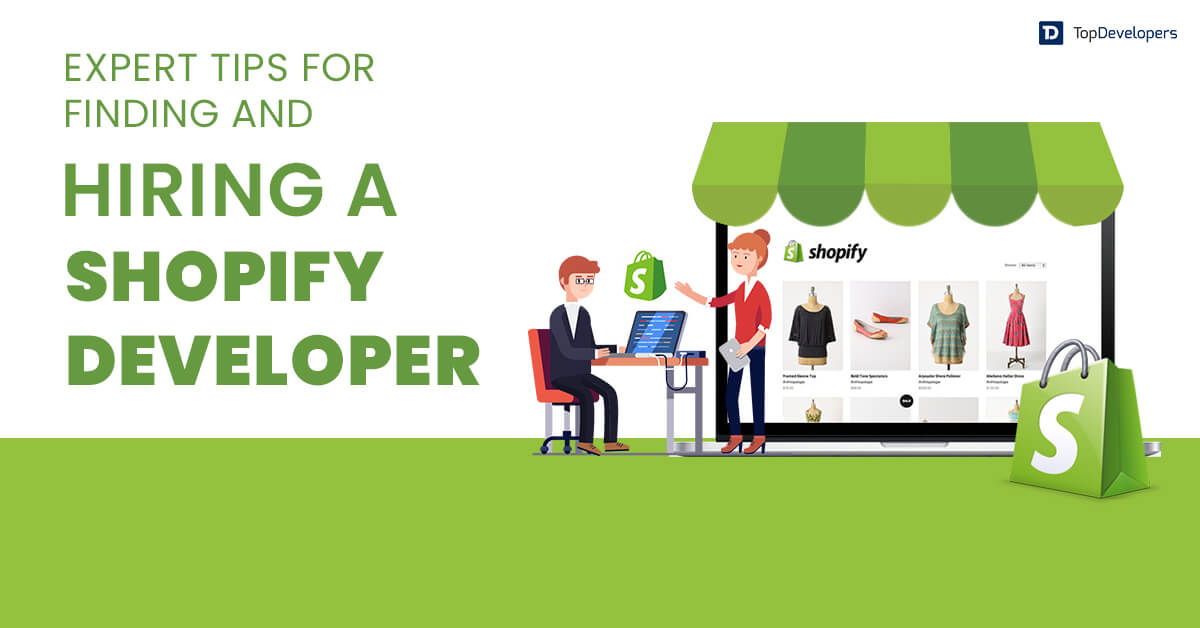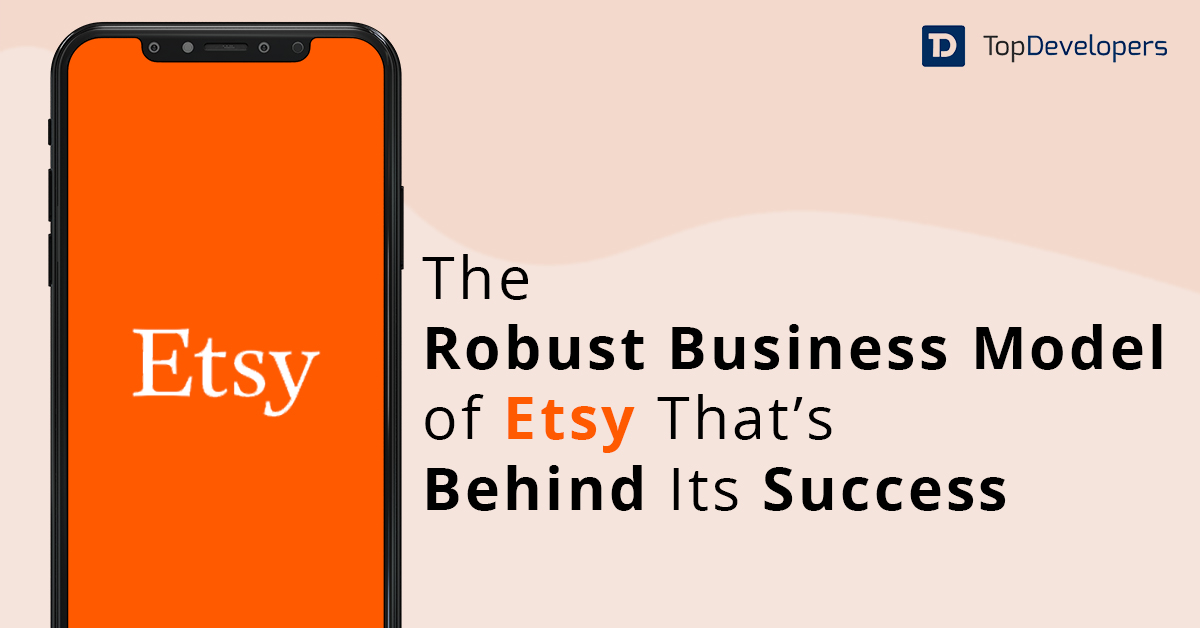
Planning to build an online eCommerce store? That’s great! You are making a step towards digital selling that your customers like the most and let you join the gold rush of the eCommerce industry that’s expected to generate $74.8 billion as revenue in 2022. Stability and performance play a vital role in bringing success to the online store that largely depends on the eCommerce platform like Magento or Shopify.
There are multiple platforms available on which you may have stumbled upon to develop an eCommerce website store and get amazing benefits. All sounds good, isn’t it?
But I have to say something. Not so long back, Magento was considered the best platform to fulfill all the eCommerce site needs and bring epic success to the business.
With time, the scenario got changed and other platform options like- Shopify and Magento start becoming the top choice for eCommerce stores. Later, the businesses started building or migrating the store to Shopify.
According to Statista research conducted in 2022 for all the online shopping platforms, Shopify scored 4th position with 10% market share, while Magento takes 7th position with 1.72% market share. It showcases Shopify leading Magento with nearly 10 times more market share.
Well, it doesn’t signal Magento has lost its user base and the value it has earned in the tenure of more than a decade. With Magento 2.0 release, the platform has created a huge buzz in the market with the addition of innovative features. Now, it’s quite confusing to know where the E-commerce market is making a shift. It muddies the water!
Before heading to the one-to-one comparison of Magento vs Shopify, let’s understand Magento and Shopify platforms in brief.
Table of Contents
What is Magento?
It’s an open-source eCommerce platform that provides all the tools that eCommerce developers need in their arsenal for impeccable eCommerce store development. The upgrade to Magento 2.0 has power-packed the platform with enhanced security features, extensions, and features that helps in building a modernized store. However, coding expertise is a must to build enterprise-level stores. If you are looking to accelerate sales through your online store, connect with one of the top Magento development companies to make great strides.
More than 1.67 million websites are powered by Magento 1 and almost 1 million websites are powered by Magneto 2. Post its acquisition by Adobe, the significant growth in Magento capabilities and uses worldwide is expected to surge in the years to come.
What is Shopify?
It’s a user-friendly eCommerce platform that enables SMBs to large-sized enterprises to develop an eCommerce store and start selling online effortlessly. It provides a suite of eCommerce services for customer engagement, marketing, sales, payment, shipping, support, and more that sets it apart in the competitive eCommerce landscape.
Shopify has contributed $307.4 billion in economic activity globally by powering nearly 39 million Ecommerce sites. It generated 1.2 billion as revenue in the first quarter of 2022 with most of its merchants belonging to gen Y.
Let’s clear up the air with a head-to-head comparison of Magento and Shopify that helps you know which is the best platform to consider for developing an online eCommerce website from scratch or migrating a store from one platform to another:
Magento vs Shopify: Details Comparison
Let’s clear up the air with a head-to-head comparison of Magento and Shopify:
Coding
There is a wide difference between Magento and Shopify when it comes to the coding. Both platforms use different programming languages (Magento- PHP and Shopify- Liquid), which is a big decision for the developers.
Magento is an open-source platform which means the code is freely available and can be modified with great ease. On the other hand, Shopify is a commercial platform, so neither the code is available at free and can be altered to suit the store specific needs.
This way Magento is an ideal solution for comprehensive stores with advanced functions where changes in the source code are needed.
SEO effectiveness
It’s no wonder that most of the purchases begin with a Google search and having high rankings on search engines means driving high organic traffic to the store. It means increasing the SEO scores would help in uplifting traffic and sales. Both Shopify and Magento platforms allow the stores to add headings, meta tags, page URLs, titles, and independent links to boost the SERP.
Magento provides several options to increase the SEO score such as editing an image with alt tags, URL customization to easily search web pages, SEO prompts, and others, which stores leverage to improve SEO rankings.
Shopify platform highly relies on third-party apps for SEO optimization. It involves searching for the right app to manage various things such as editing image alt tags or page titles requiring you to search for relevant apps. For instance, the traffic control app under the Shopify umbrella protects the store from not losing traffic when they migrate by managing redirects. During store migration, Shopify is the best choice.
Result: Magento edges ahead of Shopify to improve the SEO effectiveness of the store. The Ecommerce development company gives credence to Magento to build SEO-optimized the store.
Multilingual capabilities
eCommerce store increases user outreach by selling offerings globally while designing storefronts tailored to the geographical location culture and people. That’s where multilingual capabilities of eCommerce platforms enable stores to increase sales and revenue as it helps local users better understand products and checkout easily and quickly.
Magento is packed with an in-built multi-lingual capability which alleviates the need to create multiple stores with the multi-lingual store. The users can access and browse the store in a local language that gets automatically changed by detecting the user’s IP address.
Shopify won’t offer inbuilt multilingual support but provide third-party apps or premium options leveraging which multi-lingual stores can be created.
Result: Magento is favored when it comes to building an eCommerce store with multilingual capabilities.
High level of customization
With CSS/HTML code editing, the stores can have complete control over the design, themes, and look and feel of the eCommerce website. However, it requires tech-savvy eCommerce developers that can help with necessary customization. That’s where both- Magento and Shopify excel in terms of offering advanced customization capabilities to the store owners, but differ in terms of ease of use.
The open-source platform- Magento excel with a lot of customization facilitated that’s beyond the modification of basic attributes like- fonts or color. However, it requires businesses to hire tech geeks with a comprehensive knowledge of setting up stores as it’s not a game of simple drag-and-drop visual editing.
Shopify also offers a wide range of themes followed by some tools that make customization easier. Also, the hosted platform is user-friendly for both tech-savvy people and non-tech users that eliminates the trouble expected in setting up and operating the platform.
Result: Shopify wins this round being easier to use.
Usability- Really needed
The powerful eCommerce store building platforms come with the well-designed and well-thought user interface. Shopify stands a step ahead in the installation and makes the store up for running.
Shopify has a wizard mode, which enables the user with no technical knowledge to set up the online store in a couple of minutes. With Magento platform, to get up and run the store, hiring a Magento developer is essential. Besides, Magento is not a hosted solution, so the stores have to procure the hosting service to set up the store.
Unmatched customer support
Certainly, no one other than E-commerce stores understands the importance of getting available to customers at the time they need. Selecting the shopping platform that provides all the tools required for phenomenal help and support is essential.
Shopify customer support enables the stores to get their queries resolved 24/7 via live chat, phone, or email. It performs spectacularly by allowing users to leverage video tutorials, API documentation, and community forums for the best results.
Although the large community of Magento offers rich knowledge, resources, and tools that help beginners or businesses to resolve the issues they are facing. As Magento is a self-hosted platform, businesses can benefit from the community, not from live chat, email, or phone numbers. The active help center from Magento provides required assistance when needed.
See what Ex-Magento customer John Talentino who migrated the site to Shopify said, “With Shopify, you can set up a store with minimal PC experience and concentrate on what is important, selling and taking care of your customers. The level of support with Shopify is outstanding. That is what really what won us over from the first email to Shopify.”
Result: Shopify is a winner.
Themes and templates
The first impression is the last. The businesses give much thought to the UI/UX design of the store that differentiates their brand in the crowd. Shopify and Magento provide a range of themes and templates to make the store look stunning. Let’s see what they offer.
Shopify offers a broad range of themes that includes- 13 free and 73 premium themes available at different prices. The themes are a little expensive for their uniqueness, high-level customization (add or create a new page, change color, or modify images), mobile responsiveness, and drag-and-drop editing that manages elements.
Magento provides 6 premium themes that are responsive at the cost of $499. Also, it enables building themes from scratch with the help of developers, that’s costly as well. It allows businesses to add animations, featured product sliders, newsletter options, and cross-selling blocks followed by flexible customization.
Result: Shopify wins the game with a wide range of themes that are incorporated without much ado (Not even coding required).
Apps and extension
The world-class eCommerce store needs to offer out-of-box functionalities to the users to engage them continuously. Both platforms facilitate app stores and extensions to add features to the eCommerce store.
Magento marketplace has more than 36000 extensions that can be installed and incorporated with no coding expertise. Adobe exchange partner provides trusted Magento extensions that are available for use for free.
Shopify app store has more than 4200 apps including free and paid apps that enable you to add eCommerce features, control stores, and intensify sales. Besides, adding credible apps such as MailChimp, Trust Hero, Trackr, and analyst buddy to the store nurtures user trust in the brand and reduces the cart abandonment rate.
Result: Magento gains an upper hand over Shopify in terms of the number of extensions provided.
Sales tools
Ecommerce stores are built to sell products massively, so complementing stores with sales tools gives a boost to sales and ROI. Shopify and Magento are power-packed with sales tools to let stores sell and make bundles at scale.
Shopify allows businesses to sell both ways- physically and digitally by centralizing inventory and order management. Multi-channel selling in-built features enable selling on multiple channels such as Amazon, Pinterest, Instagram, and Facebook. Partnership with courier service enables speedy delivery. Abandoned cart recovery by sending emails to the customers automatically when they left carts without purchasing is a great help. Shopify development companies can help businesses to sell at scale through sales tools.
Magento’s inventory management feature makes selling through different storefronts easy. Abandoned cart recovery, percentage-based discounts, and multi-channel selling options enhance average sales volume per person and in total. Checkout customization improves the chances of syncing online stores as per the users’ expectations.
Result: sales tool of Shopify is impressive. If you are looking to accelerate sales, connect with Shopify development companies to make great strides.
Inventory management
The addition and selling of the unlimited number of items are allowed by both Magento and Shopify platforms. But, the starter plan of Shopify restricts the items listing and selling to 25 per store. Well, the store owners can buy the other plans offered by Shopify.
Magento users must be careful as it is not a fully managed and hosted solution, so before adding the number of products, the stores must check the host performance and loading speed. This problem won’t exist with Shopify.
Pricing
The Ecommerce development cost majorly depends on the platform chosen for the eCommerce store. Both Magento and Shopify have different pricing structures.
With Shopify, the stores have to pay a monthly subscription fee that includes the price of domain and hosting services. The five tiers with different pricing options ranging from $9 to $2000 per month are offered for the different types of businesses. Additionally, it offers a set of themes and templates at a reasonable rate. The fees are charged when transactions are made through external payment gateways in the store that may range from 2.0% to 0.5%.
On the other hand, the Magento community edition is completely free to download and set up your store. You only need to pay for buying a domain and hosting services to launch the website. The enterprise edition is premium whose cost varies as per the eCommerce site needs that facilitates several integrations and advanced features. It costs around $15,000.
Result: Magento or Shopify both platforms have their advantages and downsides, so declaring one as the most inexpensive option is difficult.
Summing it up
There is no one-size-fits-all solution. Various businesses have different eCommerce site needs and placing a bet on the right platform helps them accomplish their business goals and best serve the purpose. The comparison armed with facts aids you in deciding which stacks up to another in Magento Vs. Shopify. What’s your pick for eCommerce development? Choose from Top Magento or Shopify development companies at TopDevelopers.co.
Most Asked Questions about Magento vs Shopify
Which one is better Magento or Shopify?
Declaring the winner between the two eCommerce platforms is implausible as both platforms have pros and cons that can make or break your business. So, to clear the dilemma we have provided a detailed comparison to help you go through the offerings of both platforms and then select the one that fulfills the eCommerce store needs.
Can I use Shopify and Magento together?
Shopify or Magento Both of them are Ecommerce platforms to get build your Ecommerce site but get the work done differently. Magento is a powerful CMS, while Shopify is a website builder. So, identify what you want and then select the one platform.
Why Magento 2 is better than Shopify?
Magento 2 is an enterprise version of Magento that offers a range of advanced features compatible with what Shopify offers. Explore the offerings and then decide based on your Ecommerce needs.
is Magento good for eCommerce?
Magento is a well-known platform to build Ecommerce stores with optimal features needed to set up the store and sell at scale.
 Gillian Harper
| Oct 19, 2022
Gillian Harper
| Oct 19, 2022
A professionally engaged blogger, an entertainer, dancer, tech critic, movie buff and a quick learner with an impressive personality! I work as a Senior Process Specialist at Topdevelopers.co as I can readily solve business problems by analyzing the overall process. I’m also good at building a better rapport with people!





